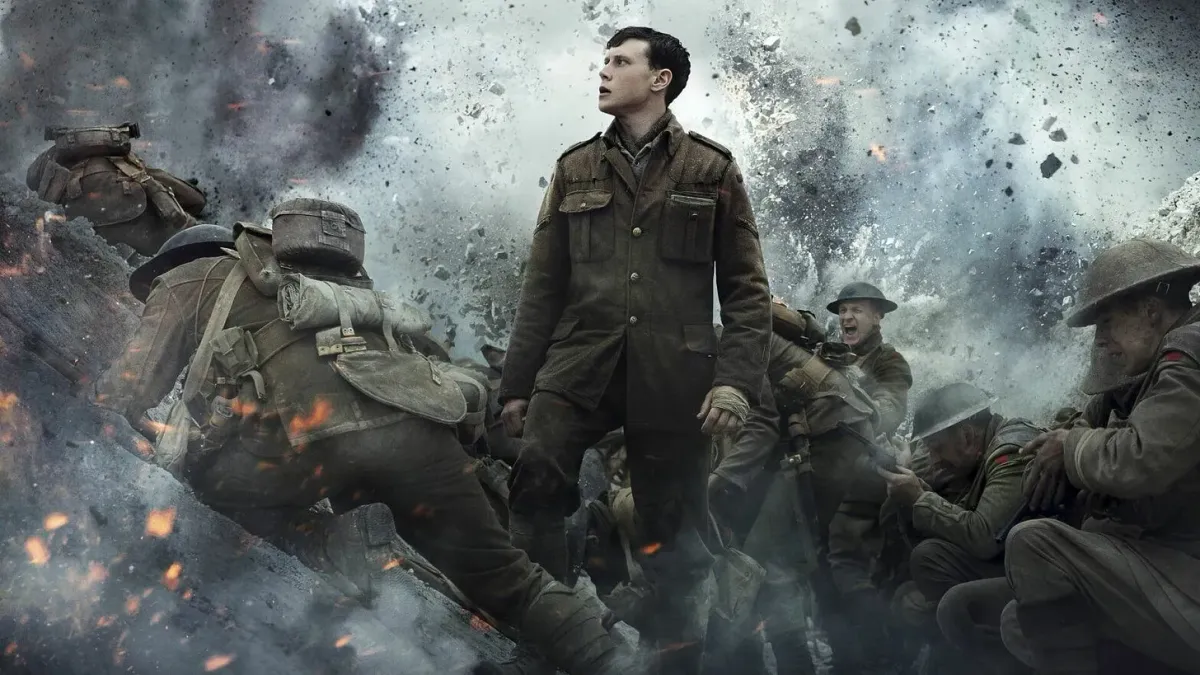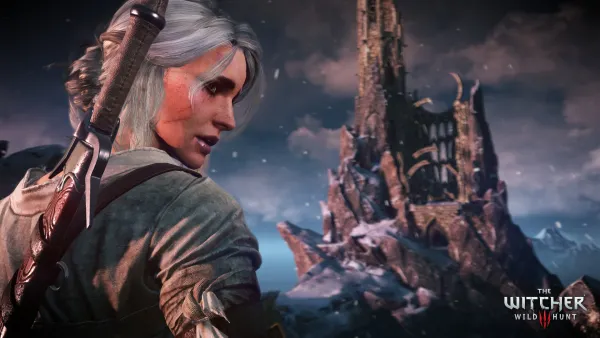“1917” is the Herald of a New Age of Cinema
A review of the movie 1917. We look at both the story and the innovative production of the movie.

Author’s Note: This story was originally published in 2020. It has been edited and republished. In addition, this story will contain spoilers if you haven’t seen the movie.
If you look at 1917 from a storytelling perspective, it’s a classic “Hero’s Journey.” Both men are torn from their regular lives to embark on a journey of great importance. It is so important that 1600 lives are at stake.
Their journey takes them behind enemy lines, but they are not committed. Only Blake feels committed right from the beginning — his brother’s life is at stake, too. But, when the German soldier stabs him, and he dies of blood loss, Schofield is the one who commits. His friend entrusts him with a dying wish to save his brother’s life.
The movie ends after Schofield stops the attack. We go full circle when Schofield tells Blake’s older brother about his death. After giving him his belongings, he walks over to a tree and sits at its base. This scene is reminiscent of the first one, where we find Schofield seated in the same position.
We’ve seen these “Hero’s Journey” movies tons of times. Should I give you some quick examples? Here: Star Wars, Star Trek, Legend of Narnia, Lord of the Rings, The Matrix, etc.
What makes this movie different? What qualifies it to win a Golden Globe Best Dramatic Motion Picture award? Why could this movie’s success trigger a new age of film?
1917’s One Continuous Shot
One of the reasons this video works so well is its continuous one-shot. There's one blackout when a soldier shoots Schofield at the helm. Except that, the camera follows the characters without cutting frames throughout the movie.
This would never work in real-life filming. It’s a testament to the post-production team’s talent to make these transitions seamless.
The power of a continuous shot is that we’re always in. There is no “context switch.” In other movies, we would cut over to different characters and learn about their parts of the story.
In 1917, the ‘storyteller’ is the 3rd-person view without divine powers. We know what our heroes can see, nothing more. We never cut away to view other characters.
One example of such storytelling I found in my fantasy readings is The Chronicles of Amber. We never know what is happening in the rest of the world(s); we only follow our main character, Corwin.
That example is a good one because we’re talking about a kingdom, and those have court intrigue. In the Amber books, it happens off-screen unless Corwin participates in it.
In 1917, what happened off-screen was World War I.
Steady Escalation of Events
Triggering the bomb in the barracks was the first escalation in the story.
The explosion hit Schofield the worst, and Blake saved his life. The tension lowers when they leave the trenches into enemy territory. We keep following them.
Then it escalates even further when Blake dies. And again, as Schofield enters a destroyed city and confronts a guard that almost kills him.
We get to the story's peak when Schofield outruns the soldiers to tell their commander to stop the attack.
During that entire time, we remain captivated by the string of events.
Character-Driven Storytelling
1917 is based on a true story by Sam Mendez’s grandfather.
Character design and plot are easier for stories based on true events. We only need to rely on the motivations of these people. In Fiction movies, we invent new characters and need to breathe life and roundness into them.
In true stories, they are already alive and round. We only need to record their actions.
Coupled with one-shot filming, this movie brought something new and creative to cinema. There’s a stronger connection to someone when their limited viewpoint binds us. It feels more human.
The one takeaway directors and producers need if they’re going to try this type of filming is this:
If we’re going to follow your characters for the entire movie — they better be believable.
Not only do I contribute my time and money to watch this movie, but these characters trap me with them until the end. What happens when they’re not well-written? I would leave the theater.
A Direction That Prioritizes Story Over Setting
One thing I loved about Sam Mendez’s work in this film is that the setting was changed many times to serve the story.
He and the crew talk about it in an IMDB Originals video, and they claim that they wanted to tell the best story. Anything that didn’t fit had to be changed.
That’s dedication, folks.
It fits in with one of the most basic rules of storytelling:
The story always comes first.
It doesn’t matter if the world is beautiful and you want to share it with everyone. It shouldn't be there if sharing it doesn’t advance the story.
The Future of Film
The mix of storytelling in 1917 with the one-shot approach has created a new type of movie.
This technique could apply to any genre. Fantasy, Sci-Fi, Drama, you name it! Craft an intimate experience by using continuous filming and well-written characters.
The directors of these movies should always ensure the storytelling is up to par. A one-shot film will not work if the writing is terrible and the characters are not believable. Here’s hoping that future executions of this filming method are at least as good as 1917.
I’m excited to see the movies that follow in 1917’s wake in 2020.
I have a feeling it will be an excellent year for the movies.


